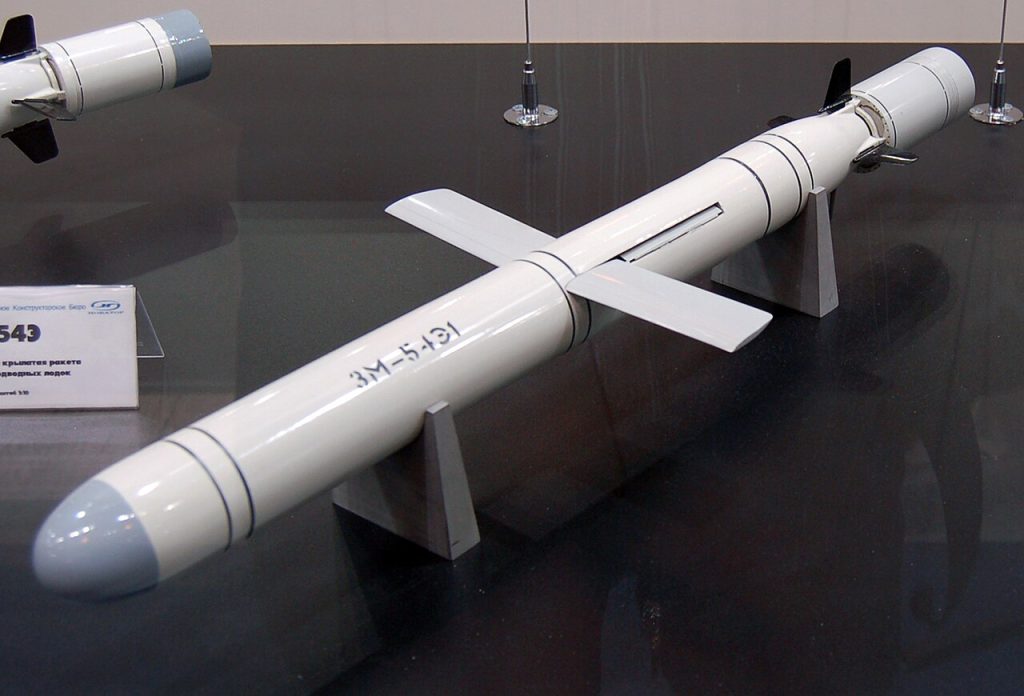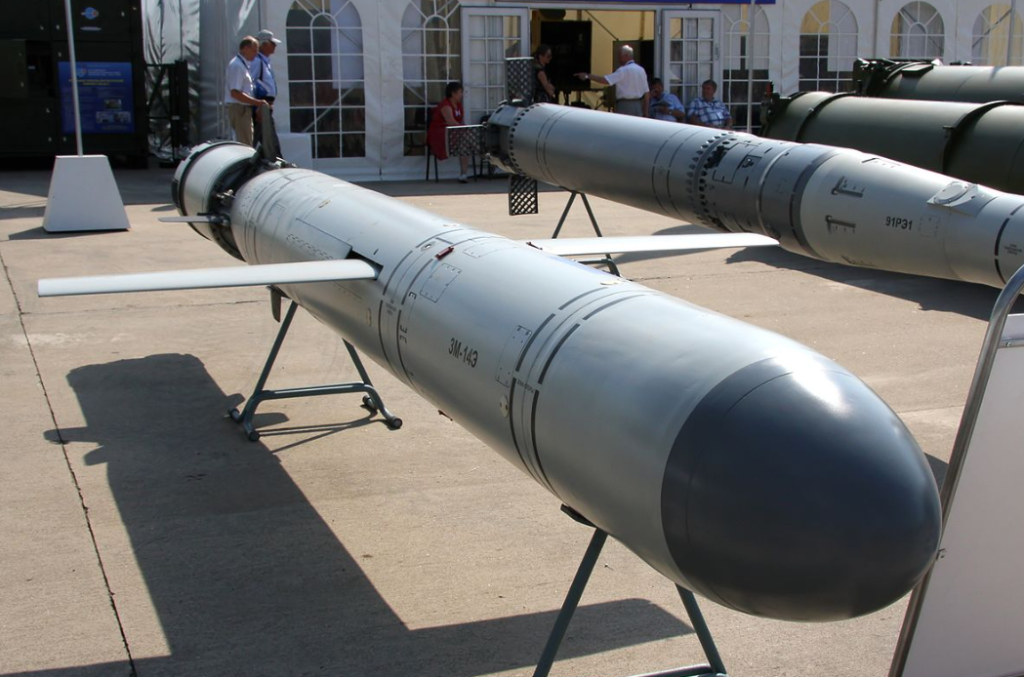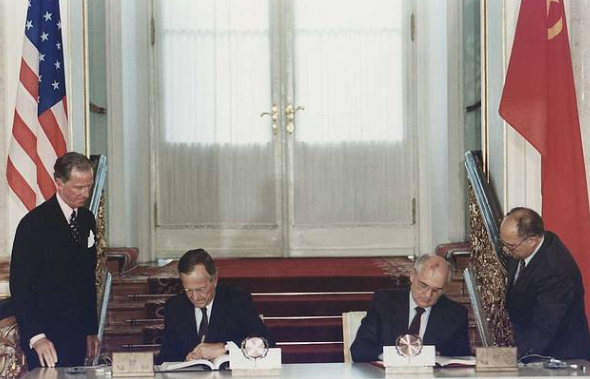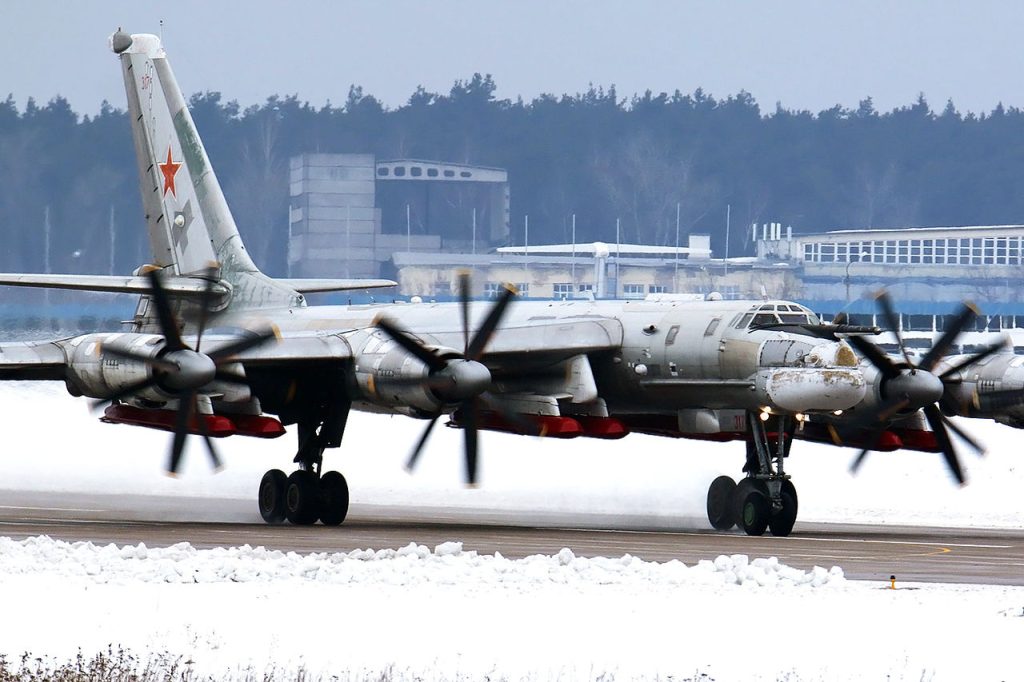
It started with a reminder from President Volodymyr Zelensky that Russia is now deploying a missile once banned under one of the Cold War era’s most significant arms control the Novator 9M729, known to NATO as the SSC-8 Screwdriver back in action in this war, underscoring Moscow’s willingness to shed treaty obligations at its convenience. This weapon’s history comes entwined with decades of tense negotiations, accusations of violations, and the eventual collapse of the Intermediate-Range Nuclear Forces Treaty.
The INF Treaty of 1987 prohibited a whole category of nuclear-capable missiles and was hailed at the time as a breakthrough in reducing nuclear tensions. Yet, covert Russian development of the 9M729 began in the mid-2000s, leading to US withdrawal from the treaty in 2019. With its combat use against Ukraine now confirmed, it is time to take a closer look at the missile’s technical capabilities and strategic implications.

1. Pioneering Development Behind Closed Doors
Work on the 9M729 began on a relatively low-profile basis in the mid-2000s, with reports of flight testing surfacing in 2008. Combining testing from fixed and mobile launchers at various ranges permitted Moscow to engineer a missile that could exceed the 500 km INF Treaty limit. This deliberate testing regime, as described in the November 2018 DNI statement, allowed Russia to field a prohibited treaty weapon without overtly breaching the treaty during its development.

2. Land-Based Variant of Kalibr
The 9M729 is widely assessed to be a ground-launched derivative of the Russian Navy’s 3M-54 Kalibr cruise missile. The Kalibr family comprises land-attack, anti-ship, and anti-submarine variants using common launch systems. Modifying the design for ground deployment, Russia applied proven technology to enable the 9M729 to carry either conventional or nuclear warheads while keeping a low flight profile with high manoeuvrability.

3. Technical Specifications and Range
Estimates put the 9M729 at 6–8 meters in length and approximately 0.514 meters in diameter. It reportedly has a range of less than 500 km, according to Russia, though it is believed by independent analysis and combat evidence to have far greater reach. According to the Centre for Strategic and International Studies, it is capable of striking targets as far away as 2,500 kilometres. A Ukrainian military source reported one strike from over 1,200 km, thus directly contradicting Moscow’s official figures.

4. Deployment and Mobility
The missile is fielded on the Iskander-M TELs, each of which can carry four 9M729s versus two of the older model, 9M728. This similarity in appearance of the TEL to that fielded for INF-compliant systems obscures verification, as arms control inspectors cannot detect the difference between compliant and prohibited missiles. Mobility also provides Russia with the capability to reposition launchers deep within its territory, making the threat vectors less predictable for Ukrainian and NATO defences.

5. Combat Use in Ukraine
Since August 2025, there have been at least 23 reported firings of the 9M729 against Ukrainian targets by Russia. One confirmed strike hit Lapaiivka and killed four civilians from more than 600 km from the Russian border. Recovered debris had markings consistent with the 9M729 – a conclusion backed by missile expert Jeffrey Lewis of Middlebury College.

6. Strategic Signalling to NATO
Beyond utility on the battlefield, the 9M729 delivers a calculated message to NATO: most of Europe is now in range. Thus, it underpins Moscow’s narrative of not being inhibited regarding the deployment of nuclear-capable systems after the INF. This posture is part of other highly publicized weapons tests, such as the Poseidon nuclear-powered torpedo and the Burevestnik cruise missile, intended for projecting strategic defiance.

7. Violation of the Treaty and U.S. Withdrawal
The missile was a central factor in the 2019 US withdrawal from the INF Treaty. This is because, as President Donald Trump outlined in October 2018, “Russia has not, unfortunately, honoured the agreement. So we’re going to terminate the agreement and we’re going to pull out.” In so doing, the end of the INF freed both countries to pursue intermediate-range systems without legal constraint.

8. Air Defence Challenges
Although both Patriot and NASAMS systems in Ukraine can intercept the 9M729 under favourable conditions, low-altitude flight and manoeuvrability reduce detection and engagement windows. As with many missiles fired from unexpected locations, it is thus an especially difficult target. Its mobility further complicates the challenge by forcing defenders to spread resources thin across a multitude of potential approach paths.

9. Production and Stockpile Considerations
Thus far, Russia has produced fewer than 100 9M729 missiles. In late 2018, however, their use in Ukraine suggested either stockpile drawdown or strategic rotation. Some analysts surmise that shortages of other long-range systems, such as the Kh-101 and sea-launched Kalibr, exacerbated by sanctions on high-tech components, might have driven greater reliance on the 9M729 in order to sustain standoff strike capability.

10. Implications for Future Arms Control
The deployment of the 9M729 epitomises the verification challenge facing an era of dual-use launchers and mobile systems. Any new arms control agreement would thus need to be designed with these verification challenges in mind, possibly requiring intrusive inspections or new technical monitoring methods. Otherwise, the chances of undetected development and deployment would remain high. More than a technical development, the reappearance of the 9M729 on the battlefield is a geopolitical statement: the revival, by Russia, of a missile banned under the INF Treaty has shown both the limitations of past arms control and the urgency of new frameworks capable of addressing modern missile technology.
For Ukraine, NATO, and the greater international community, the challenge will be how to counter not only a weapon designed to strike targets but one aimed at undermining the very agreements that should prevent it from existing.


